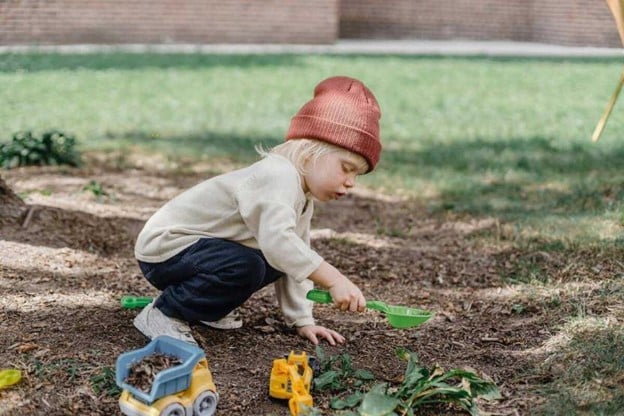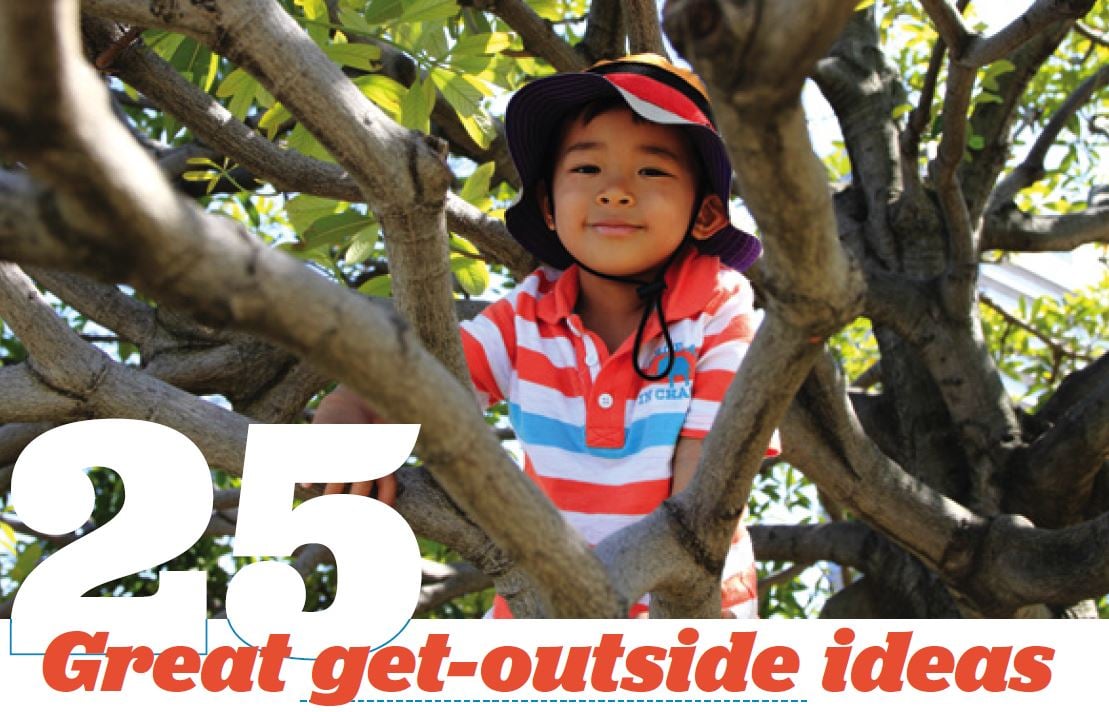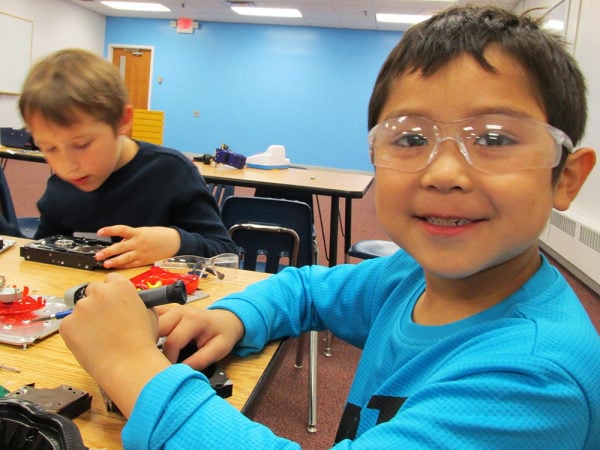Keeping kids connected to nature can be challenging in this world of cell phones, computers, and social media. But in Minnesota, there’s no shortage of lakes, forests, parks, and greenspaces to draw in your children’s curiosity.
Fresh air, sunshine, trees, and flowers have a calming way of helping us refocus and refresh. For kids, especially young children going through challenging transitions in their lives, the outdoors can be very therapeutic. Day trips, hands-on experiences, and simple outdoor play can bring your kids out of their shells … and away from TV and computer screens.
Why prompt the kids to go outside?
Outdoor activities lead to nature-based learning that involves creativity, curiosity, critical thinking, and peer-to-peer interaction. Playing among flowers, trees, grasses, and wildlife teaches kids about respecting nature and living things.
Here are a few ways to bring children together with Mother Nature:
Walk the Walk, Talk the Talk
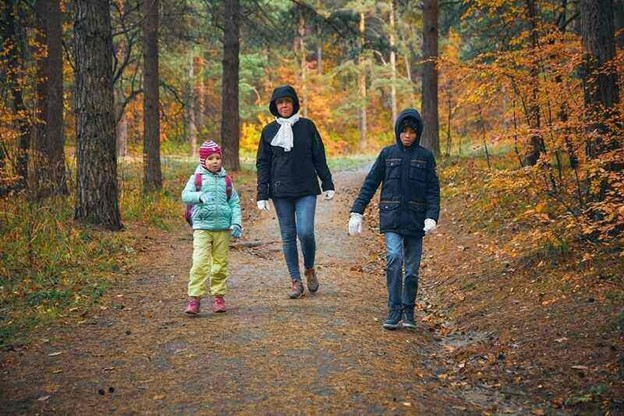
Walk through wooded areas and talk about trees, birds, and wildlife; every season has something different to see! Check out Minnesota’s flowering trees like crabapple, plums, and redbuds. Red, white, and Jack evergreen pines are easy to spot, and you’ll see a few maples, buckeyes, and hornbeams among the shade trees.
Ornamental species with red, yellow, green, orange, and brown leaves are beautiful to look at, and you’ll hear the wind swishing through branches. Look for and listen to the birds (access Audubon Minnesota on your phone for identification). Take pictures for the kids to add to their own nature folder or notebook. Gather variously-shaped leaves, twigs, acorns, seeds, and pinecones. Bring a (recyclable) bag for your children’s treasures (and be sure to check pockets before throwing their clothes in the wash).
Camping and Field Trips
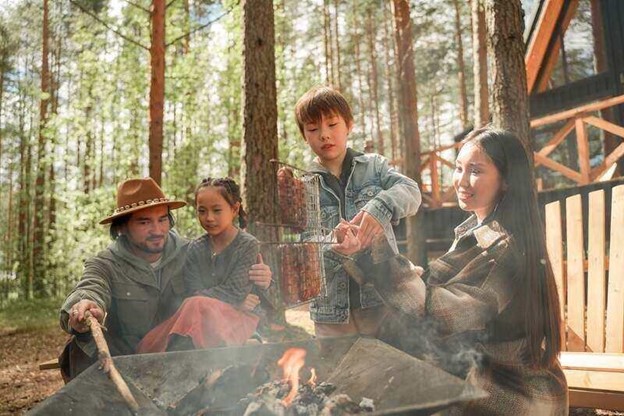
Pitch a tent and gather some firewood for an overnight outing at a state park … or even in your backyard. Take the kids on a camping trip in one of Minnesota’s state forests. You can rent a cabin or guesthouse if a tent shelter isn’t to your liking. Farms that offer pick-your-own fruits and veggies are fun, especially during the fall harvest. Visit farm markets and local florists. Botanical gardens are full of seasonal blooms, bees, and butterflies.
Backyard Wildlife

Birdhouses, feeders, and nesting areas attract wildlife to your backyard and provide safe havens for migrating birds. Make a list of the birds you see, then teach the kids how to draw pictures of their favorites — (red) cardinals, (blue) blue jays, (yellow) warblers, (gray) mourning doves, (brown) wrens, (orange) robins … create a bird rainbow!
Rain Gardens
Invite butterflies, bees, and birds to enjoy food and nectar from flowers and ornamental grasses in a front or backyard rain garden. With an average of 29 inches of rain in the North Star State each year, rain gardens help to absorb runoff and provide a sanctuary for small flying insects. Draft the kids to help you dig a hole in the yard (about 5 to 10 feet long and 8 to 12 inches deep). Fill it with well-draining soil. Plant bulbs, wildflowers, native perennials, and ornamental grasses.
Gardening With Kids
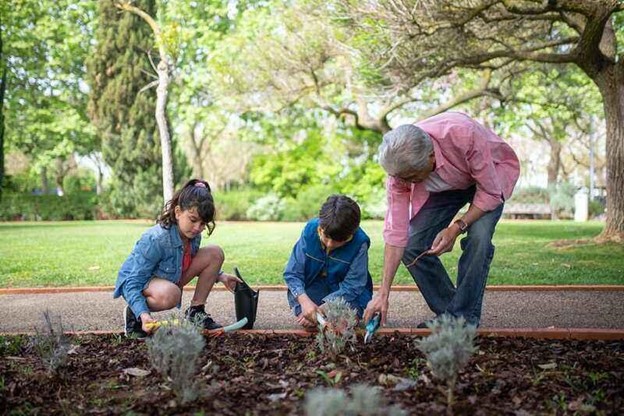
Children will ultimately decide what they will and won’t eat. For no apparent reason, kids will “hate” something … maybe because of the smell, color, or even a vegetable’s name. (Eggplant? Yeah, what’s that?). Plant a few of those vegetables and let your kid care for them. When it’s time for harvesting, your picky-eater may try it. Greenery with strong aromas, rubbery or fuzzy foliage, and sharp colors intrigue kids. Plant a variety of green, yellow, white, orange, red, and brown veggies. Tangy fruits like strawberries, raspberries, and blueberries are a plus.
Create a sensory garden for children with herbs, flowers, and waterfalls. Buy the kids their own tools to encourage digging and planting — whatever it takes to get those little hands dirty. Watch out for all those squirmy worms … They aerate the soil.
Lead by Doing: Get Your Hands Dirty
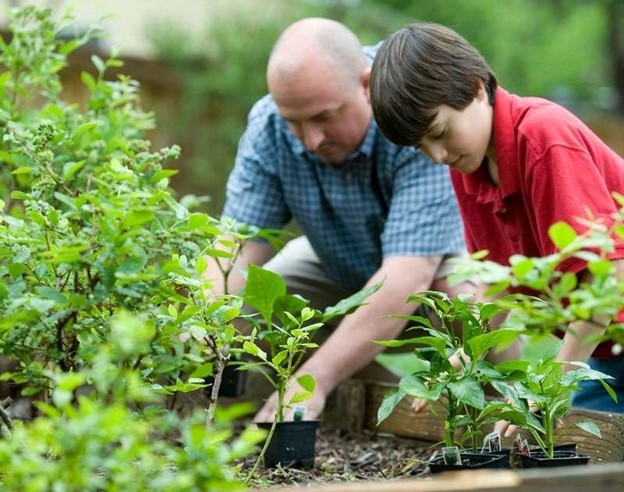
Children learn by example; your own connection to nature will draw them outside to enjoy Minnesota. Don’t be afraid to get your hands and clothes dirty … the kids will develop their own green thumbs from watching you.
Mara Ashford lives for adventure. She has traveled to 56 countries (and counting!), climbing every mountain and kayaking every river she found along the way. She shares her passion for the great outdoors with her three children, who now run faster than she can.



